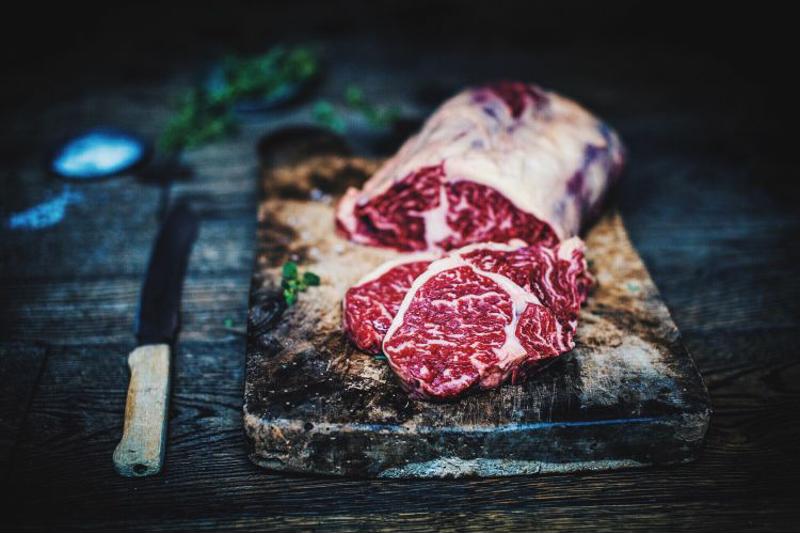As part of a Colorado culinary arts curriculum, you learn to prepare a wide variety of meats, achieving mouth-watering taste and gorgeous texture. However, just when you think you’ve seen every possible shape and size of beef, you may discover a delicious piece of meat that you’ve never encountered before. In the 2018 What’s Hot Culinary Forecast from the National Restaurant Association, new cuts of meat came on top as the biggest trend of the year, declared “hot” by 69 percent of the 700 cooking professionals surveyed.
Meat experts constantly strive to develop new cuts that offer unique advantages for flavor or staying within budget, and their work will receive extra attention from chefs in the year ahead. On your next visit to the butcher shop, consider straying away from the familiar steaks. Instead, try one of the intriguing and innovative takes on your favorite protein that are currently inspiring buzz in professional kitchens across the country.
Shoulder tender offers exceptional taste and texture at a value
“The shoulder tender draws comparisons to filet mignon.”
One cut of beef that’s currently getting heightened attention is the shoulder tender. Taken from the teres major muscle at the shoulder blade, this steak’s tenderness draws comparisons to filet mignon. To accentuate the taste of this affordable yet delicious piece of meat, The Denver Post recommended preparing it with an herb butter.
The recipe calls for getting the butter ready in advance. In a food processor, combine a softened stick of butter, parsley, dill, thyme, capers, shallots, salt and pepper. Cover and chill in the refrigerator, bringing it out to rest at room temperature an hour before you’ll need it.
Heat the oven to 400 degrees Fahrenheit, and warm an ovenproof pan on high. Cover steaks with salt and seasoning. Pour canola oil into the pan, adding the steaks when it starts to smoke.
Brown the meat before transferring it to the oven. When the steaks reach an internal temperature of 120 degrees, move them to a plate. Add a coating of herb butter and slice.
Vegas Strip steak
There was a great deal of fanfare when researchers at Oklahoma State University debuted a new cut of beef taken from an area near the shoulder commonly used for ground chuck, with outlets like CBS News acclaiming the latest innovation in protein. Now that some of the hype has died down, what remains is a versatile piece of beef that’s tender and delicious with no need for aging. The Vegas Strip steak is a 14-ounce cut that’s similar to a flat iron in both its appearance and the way it cooks.
The merlot cut stands apart
A big factor that makes a merlot cut different from other varieties of meat is that it’s taken from the hind leg, as Butchr explained. This beef is similar in many ways to a flank steak, but it features a finer grain that results in greater tenderness. With a sear on either side and a few minutes to rest, you’ll be able to see how well this meat stands up to its better-known competition.
 With the right preparation, a new cut of meat could soon become a favorite.
With the right preparation, a new cut of meat could soon become a favorite.Simplicity is the key to great oyster steak
The oyster steak may named for its resemblance to a mollusk, but there’s no mistaking its beefy flavor. Taken from an area of the backbone above the rump, this cut’s big taste comes from exceptional fat content. The oyster steak is perfect with a simple pan sear.
David Diaz, head butcher at The Meat Hook in New York City, told Epicurious that it’s vital to keep a close eye on this extra-tender steak while it cooks. Otherwise, you risk going too far and ending up with overly chewy results. You’ll be rewarded for your vigilance with meat that offers excellent flavor, texture and a unique appearance at a relatively low cost.

